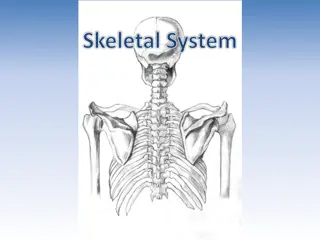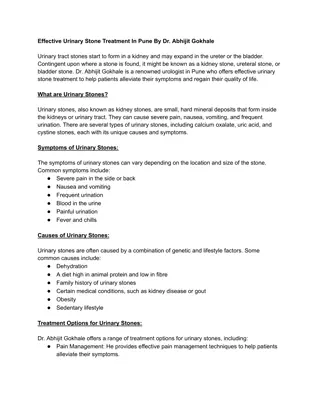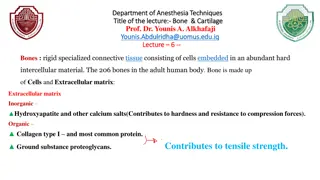
Environmental Influence on Ancient Writing Materials and Tools
Explore how the environment shaped the materials and tools used for writing in ancient civilizations like China, Mesopotamia, and Lower Egypt. Consider the impact of climate, geographic location, and available resources on the development of scripts and writing mediums. Delve into the historical contexts of Sumerian cuneiform, Egyptian hieroglyphs, Mayan glyphs, and more. Encourage speculation on lost writing methods and engage in hands-on experiments with natural pigments and materials to understand the origins of writing.
Download Presentation

Please find below an Image/Link to download the presentation.
The content on the website is provided AS IS for your information and personal use only. It may not be sold, licensed, or shared on other websites without obtaining consent from the author. If you encounter any issues during the download, it is possible that the publisher has removed the file from their server.
You are allowed to download the files provided on this website for personal or commercial use, subject to the condition that they are used lawfully. All files are the property of their respective owners.
The content on the website is provided AS IS for your information and personal use only. It may not be sold, licensed, or shared on other websites without obtaining consent from the author.
E N D
Presentation Transcript
S. Kay Gandy Western Kentucky University
Turtle Plastrons and Cattle Shoulder Bones 4600 known characters 1600 B.C. First written evidence that Shang culture existed Used for Divination Photo from Wikipedia
Sumerian Cuneiform Logograms and syllables 600 signs 95% related to economics Photo from mesopotamia.com.uk 3100 B.C.
Egyptian Hieroglyphs Egyptian Cartouche Logographic and alphabetic elements Over 5000 glyphs http://www.kinderart.com/arthistory/egypt_bod.jpg 3400 BC
Mayan Glyphs Logosyllabic system 250 BC Stelae Photo from Wikipedia
Lunar cycles Births Marriages Deaths Battles Festivals Ceremonies Prophecies Geographic Phenomenon Natural Disasters Royal Lineage Rituals Customs/Traditions
How the environment influenced writing materials and tools How climate protected or destroyed writing materials Spatial diffusion of writing Regional influences on writing
Determined by location and whatever was available China: bamboo, silk, jade, wood, stones, bones, paper Mesopotamia: clay readily available; easy to erase and preserve Lower Egypt: papyrus plants Quills from feathers; reed pen from reeds; stylus from iron, bronze, silver, ivory
Have students speculate on that might not have survived through the centuries Make conclusions about climate and writing Wet climate of China v. dry climate of Egypt Make conclusions about formation of script German runes from knife cuts on sticks and bones Straight lines on palm leafs Experiment with pigments and writing from materials in nature
Roman CatholicismLatin Koran Arabic Script Greek Orthodoxy Cyrillic Script Printing and Computer Use Latin
Make conclusions about why parchment was never used in India or East Asia use of butchered animal skins to write sacred texts offended the religious beliefs of Hindus and Buddhists Map the spread of Latin and Arabic Languages Follow Trade Routes to determine the diffusion of script
First Emperor of Qin (221 B.C.) Standardized writing Connected varied ethnic groups Sequoyah of the Cherokee No tribe had complete written language Preserve knowledge; provide documents
Neolithic site of Jiahu (Xueqin, Harbottle, Zhang, & Wang, 2003). There the plastrons were placed by the head, foot, or thigh of a deceased person and carried incised marks featuring 11 diffe Neolithic site of Jiahu (Xueqin, Harbottle, Zhang, & Wang, 2003). There the plastrons were placed by the head, foot, or thigh of a deceased person and carried incised marks featuring 11 diffe Neolithic site of Jiahu (Xueqin, Harbottle, Zhang, & Wang, 2003). There the plastrons were placed by the head, foot, or thigh of a deceased person and carried incised marks featuring 11 diffe Gobekli Tepe in Turkey Neolithic Age Neolithic site of Jiahu Plastrons in graves bearing 11 signs Photo from Smithsonian Photo from Wikipedia





















